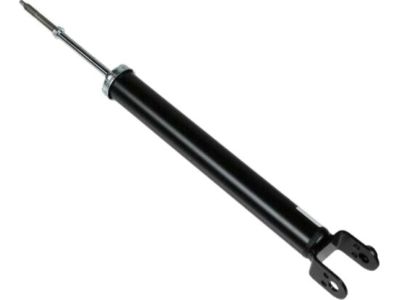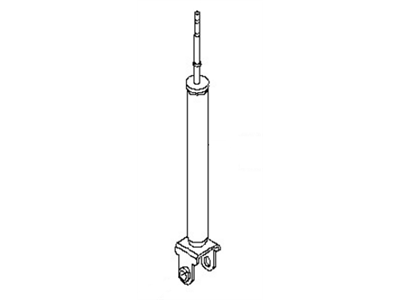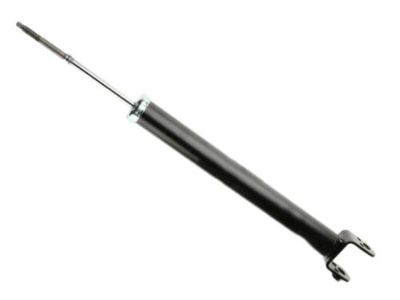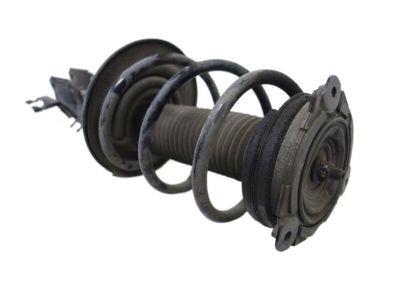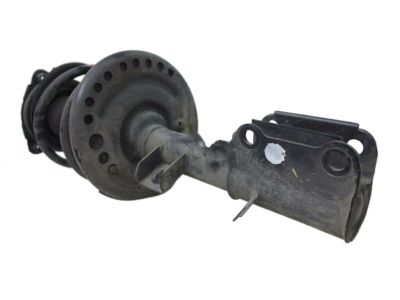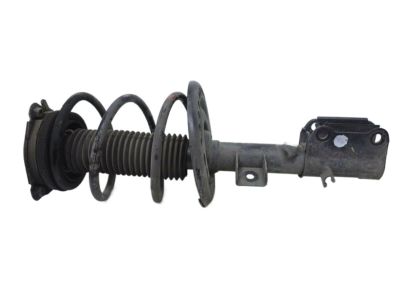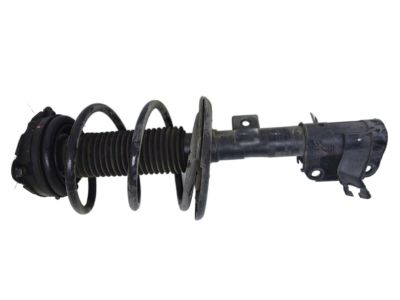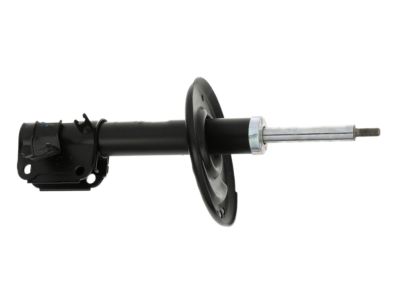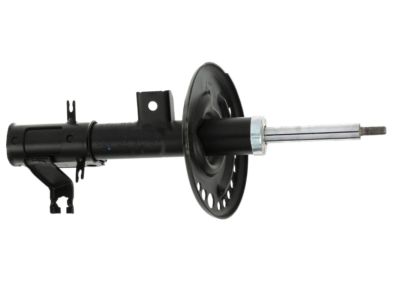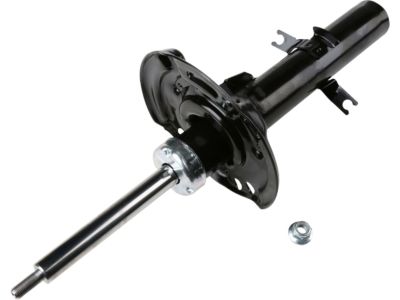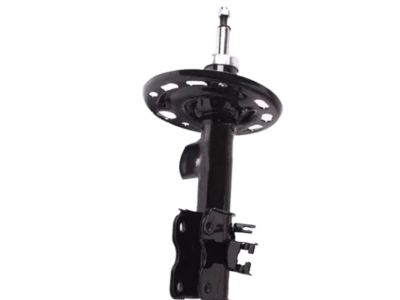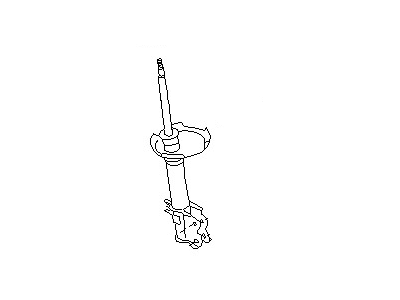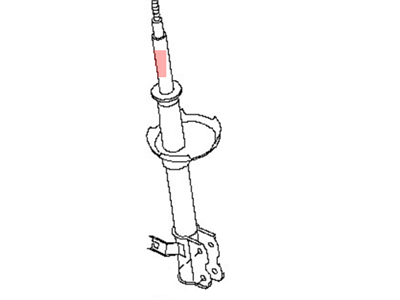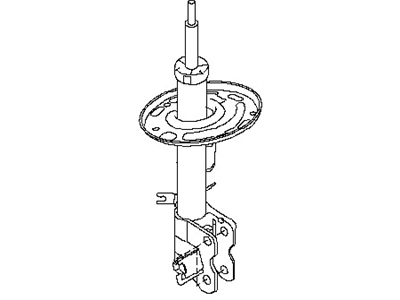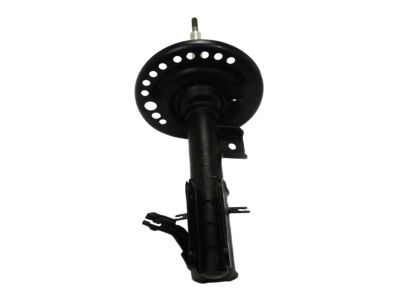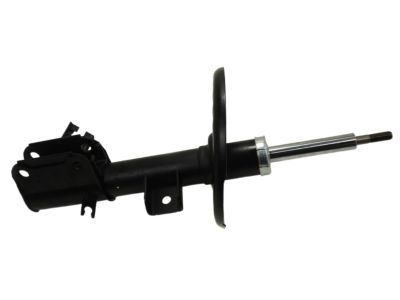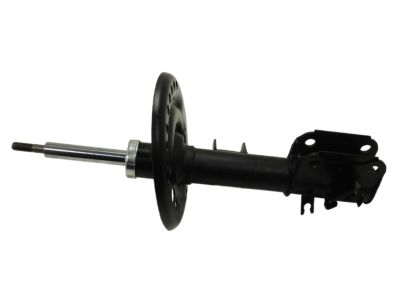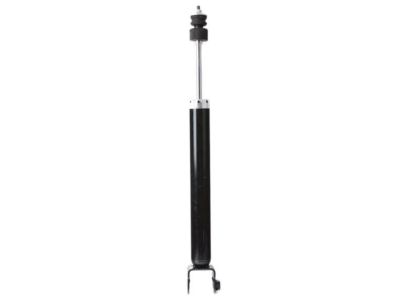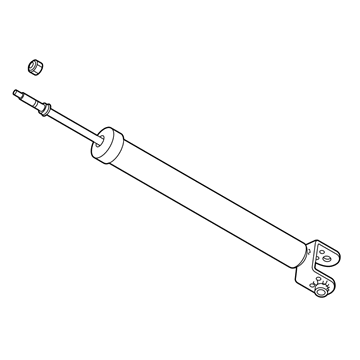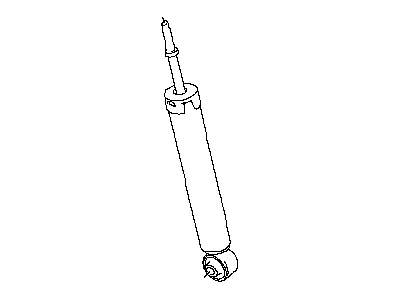×
- Hello
- Login or Register
- Quick Links
- Live Chat
- Track Order
- Parts Availability
- RMA
- Help Center
- Contact Us
- Shop for
- Nissan Parts
- Nissan Accessories

My Garage
My Account
Cart
Genuine Nissan Altima Shock Absorber
Suspension Shock Absorber- Select Vehicle by Model
- Select Vehicle by VIN
Select Vehicle by Model
orMake
Model
Year
Select Vehicle by VIN
For the most accurate results, select vehicle by your VIN (Vehicle Identification Number).
126 Shock Absorbers found

Nissan Altima ABSORBER Kit - Shock, Rear
Part Number: E6210-3TA1B$135.98 MSRP: $196.93You Save: $60.95 (31%)Ships in 1-3 Business Days
Nissan Altima ABSORBER Kit-Shock,Rear
Part Number: E6210-JA01A$118.72 MSRP: $171.93You Save: $53.21 (31%)Ships in 1-3 Business Days
Nissan Altima STRUT Kit Front RH
Part Number: E4302-3TA1C$173.69 MSRP: $257.18You Save: $83.49 (33%)
Nissan Altima STRUT Kit Front LH
Part Number: E4303-3TA1B$173.69 MSRP: $257.18You Save: $83.49 (33%)Ships in 1-3 Business Days
Nissan Altima STRUT Kit Front LH
Part Number: E4303-3TA1C$173.69 MSRP: $257.18You Save: $83.49 (33%)
Nissan Altima STRUT Kit Front RH
Part Number: E4302-3TA1B$173.69 MSRP: $257.18You Save: $83.49 (33%)Ships in 1-3 Business Days
Nissan Altima STRUT Kit Front LH
Part Number: E4303-6CA0A$210.66 MSRP: $311.92You Save: $101.26 (33%)Ships in 1-3 Business Days
Nissan Altima Strut Kit-Front Suspension,RH
Part Number: E4302-JA02A$126.50 MSRP: $183.20You Save: $56.70 (31%)Ships in 1-3 Business Days
Nissan Altima STRUT Kit Front RH
Part Number: E4302-6AM0A$205.14 MSRP: $303.75You Save: $98.61 (33%)Ships in 1-3 Business Days
Nissan Altima Strut Kit-Front Suspension,LH
Part Number: E4303-JA02A$132.49 MSRP: $191.88You Save: $59.39 (31%)Ships in 1-2 Business Days
Nissan Altima Shock Absorber Kit-Rear
Part Number: E6210-9HS0A$145.79 MSRP: $215.87You Save: $70.08 (33%)Ships in 1-3 Business DaysNissan Altima Shock Absorber Kit-Rear
Part Number: E6210-9HS1A$145.79 MSRP: $215.87You Save: $70.08 (33%)Ships in 1-3 Business DaysNissan Altima Strut Kit-Front Suspension,RH
Part Number: E4302-9HS0A$188.57 MSRP: $279.20You Save: $90.63 (33%)Ships in 1-3 Business DaysNissan Altima STRUT Kit Front RH
Part Number: E4302-9HS1A$188.57 MSRP: $279.20You Save: $90.63 (33%)Ships in 1-3 Business DaysNissan Altima ABSORBER Kit - Shock, Rear
Part Number: E6210-6CA0C$143.44 MSRP: $212.40You Save: $68.96 (33%)Ships in 1-3 Business DaysNissan Altima ABSORBER Kit - Shock, Rear
Part Number: E6210-6AM0C$140.81 MSRP: $208.50You Save: $67.69 (33%)Ships in 1-3 Business DaysNissan Altima STRUT Kit Front RH
Part Number: E4302-6CA0A$210.66 MSRP: $311.92You Save: $101.26 (33%)Ships in 1-3 Business DaysNissan Altima Strut Kit-Front Suspension,LH
Part Number: E4303-9HS0A$188.57 MSRP: $279.20You Save: $90.63 (33%)Ships in 1-3 Business DaysNissan Altima ABSORBER Kit - Shock, REART
Part Number: E6210-6AM0B$140.81 MSRP: $208.50You Save: $67.69 (33%)Ships in 1-3 Business DaysNissan Altima STRUT Kit Front RH
Part Number: E4303-3TN1C$179.56 MSRP: $265.87You Save: $86.31 (33%)Ships in 1-3 Business Days
| Page 1 of 7 |Next >
1-20 of 126 Results
Nissan Altima Shock Absorber
If you need any OEM Nissan Altima Shock Absorber, feel free to choose them out of our huge selection of genuine Nissan Altima Shock Absorber. All our parts are offered at unbeatable prices and are supported by the manufacturer's warranty. In addition, we offer quick shipping to have your parts delivered to your door step in a matter of days.
Nissan Altima Shock Absorber Parts Questions & Experts Answers
- Q: How do you properly remove and install the front Shock Absorbers and Coil Springs on a Nissan Altima?A:Lose the front wheel lug nuts, lift the front part of the car and place it on jack stands securely then, remove the wheels. If ABS equipped the wiring harness for the speed sensor at the strut should be disconnected. CUT the clip to hold the brake hose to the strut and take the hose off the bracket. Apart from that, remove the nut that connects the strut with the knuckle, knocking the bolts with a hammer and punch for easy removal of the stabilizer bar link from the strut. Pull the strut away from the Steering Knuckle carefully, try to avoid stressing or over flexing the inner CV joint and be careful to ensure that the knuckle does not sag to the right to avoid hitting the brake hose and or ABS speed sensor wiring. Standing on the other side of the vehicle, place one hand underneath the strut and spring assembly and then release the three upper mounting bolts. Examine the strut body for signs of leakage, signs of a dent, crack or any other evidence that the strut unit needs a change. Check for breakdown of the coil spring by looking for chipped or cracked coatings which will make it vulnerable to corrosion and failure, look for cuts in spring seat, its hardness and how it has deteriorated. If it is the case, then go to the disassembly of the strut as indicated in the following step. Using your hands, guide the strut assembly into the fenderwell and put on the upper mounting bolts, followed by the tightening to the recommended torque limit; this will, however, require a helper considering the mass and awkwardness of the strut. Insert the steering knuckle into the proper place on the strut flange, join it with bolts and put the nuts on them before they are torqued. Reverse the above procedures, tighten the frequency insensitive link nut and wheel lug nuts to the recommended torque and also, it is advisable to check the front end alignment and adjust it if necessary.
Related Nissan Altima Parts
Browse by Year
2024 Shock Absorber 2023 Shock Absorber 2022 Shock Absorber 2021 Shock Absorber 2020 Shock Absorber 2019 Shock Absorber 2018 Shock Absorber 2017 Shock Absorber 2016 Shock Absorber 2015 Shock Absorber 2014 Shock Absorber 2013 Shock Absorber 2012 Shock Absorber 2011 Shock Absorber 2010 Shock Absorber 2009 Shock Absorber 2008 Shock Absorber 2007 Shock Absorber 2006 Shock Absorber 2005 Shock Absorber 2004 Shock Absorber 2003 Shock Absorber 2002 Shock Absorber 2001 Shock Absorber 2000 Shock Absorber 1999 Shock Absorber 1998 Shock Absorber 1997 Shock Absorber 1996 Shock Absorber 1995 Shock Absorber 1994 Shock Absorber 1993 Shock Absorber
